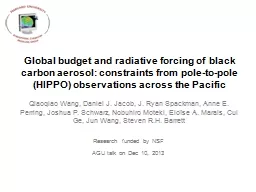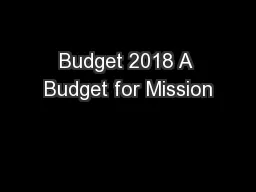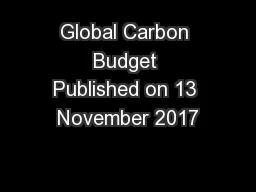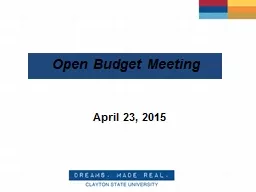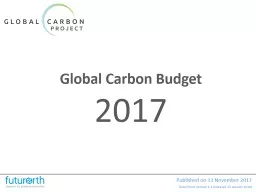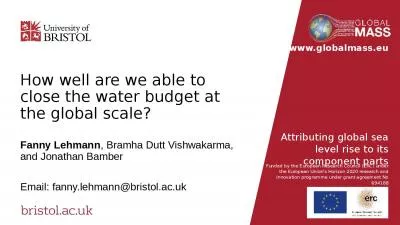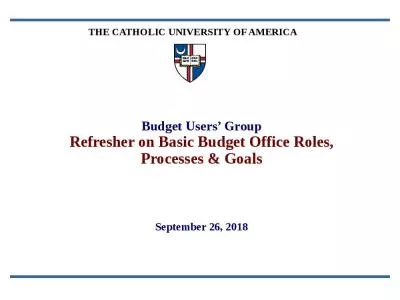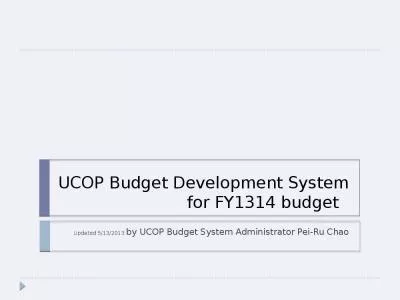PPT-Global budget and
Author : trish-goza | Published Date : 2016-07-08
radiative forcing of black carbon aerosol constraints from poletopole HIPPO observations across the Pacific Qiaoqiao Wang Daniel J Jacob J Ryan Spackman Anne E
Presentation Embed Code
Download Presentation
Download Presentation The PPT/PDF document "Global budget and" is the property of its rightful owner. Permission is granted to download and print the materials on this website for personal, non-commercial use only, and to display it on your personal computer provided you do not modify the materials and that you retain all copyright notices contained in the materials. By downloading content from our website, you accept the terms of this agreement.
Global budget and: Transcript
Download Rules Of Document
"Global budget and"The content belongs to its owner. You may download and print it for personal use, without modification, and keep all copyright notices. By downloading, you agree to these terms.
Related Documents

